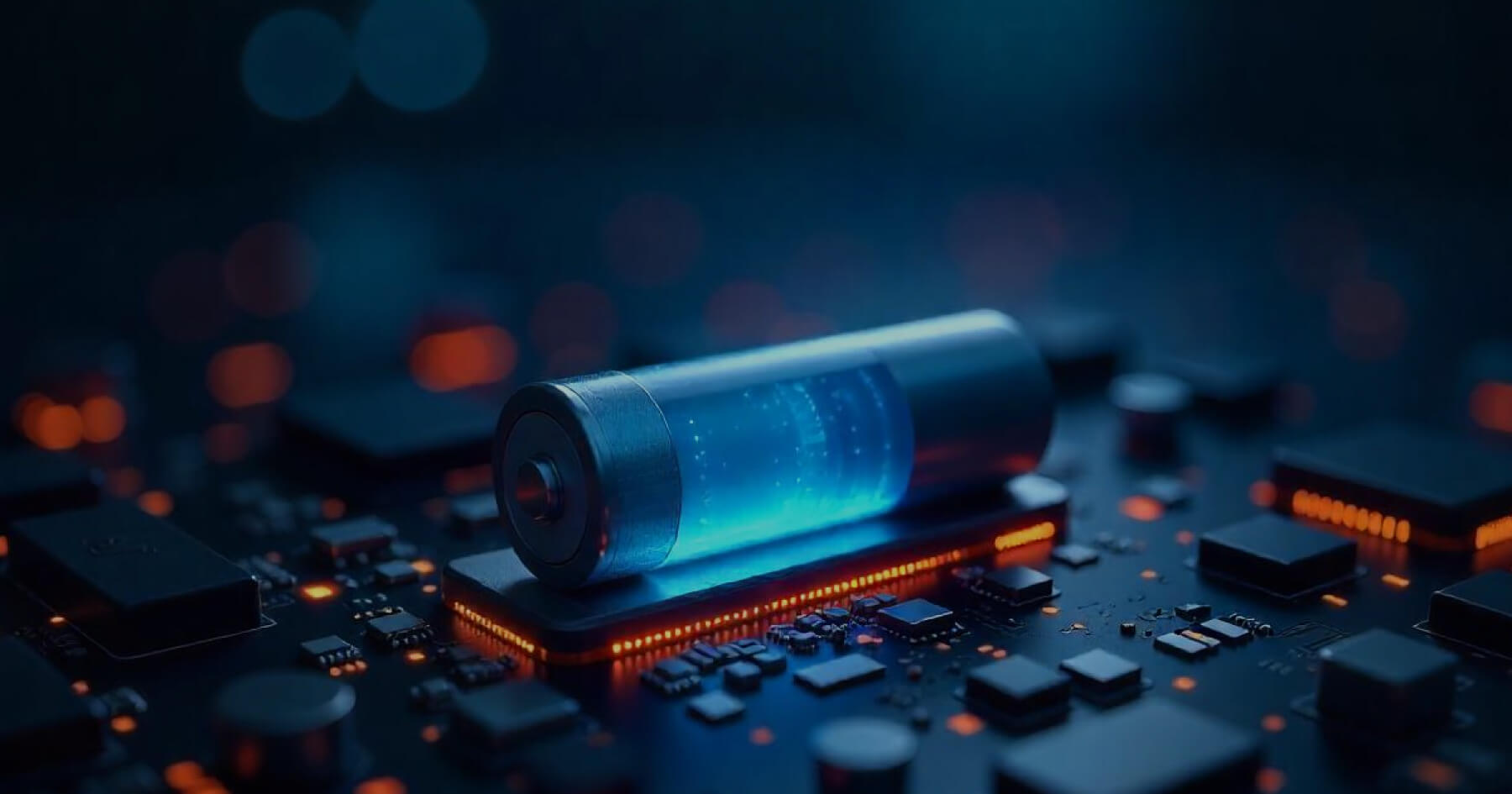Battery life is a critical factor in embedded system design, especially for devices like IoT sensors and wearables that must function for long periods on limited power sources. Optimizing power consumption not only extends battery life but also enhances the overall efficiency and reliability of embedded solutions. Here are 10 essential strategies to help you design embedded systems that maximize battery power.
1. Choose Low-Power Components
Selecting the right components is the foundation of energy-efficient design. Prioritize microcontrollers (MCUs) with low-power modes, energy-efficient sensors, and low-leakage operational amplifiers. While these components may come with a higher upfront cost, the long-term battery savings outweigh the investment.
2. Utilize Sleep Modes Efficiently
Modern MCUs offer various sleep modes that significantly reduce power consumption when the processor is idle. Implementing deep sleep modes during inactivity can drastically cut down energy usage. However, balance the trade-off between power savings and wake-up latency to ensure smooth operation.
3. Optimize Clock Speed and Voltage
Clock speed and operating voltage directly impact power consumption. Running at higher speeds drains more power, while lowering clock speeds can save energy without compromising performance. Many modern MCUs support Dynamic Voltage and Frequency Scaling (DVFS), allowing systems to adjust based on real-time needs.
4. Implement Power Gating
Power gating involves shutting down unused peripherals to minimize power draw. By dynamically controlling power supply to inactive components, embedded systems can achieve substantial energy savings while maintaining necessary functionality.
5. Minimize Leakage Current
Leakage current—small amounts of continuous power drain—can reduce battery life over time. Selecting components with low leakage current and implementing optimized circuit designs can mitigate this issue, especially in low-power embedded solutions.
6. Write Efficient Code
Software optimization plays a key role in reducing power consumption. Efficient code helps minimize CPU workload by reducing redundant calculations, optimizing loops, and selecting the right data structures. This reduces unnecessary processing cycles and extends battery life.
7. Design an Efficient Power Delivery System
A well-designed power delivery network minimizes resistive losses and power dissipation. Use low-resistance voltage regulators and power converters, and optimize power supply recoupling techniques to improve overall efficiency.
8. Use Low-Power Displays and LEDs
Displays and LEDs can be significant power consumers in embedded systems. Opt for low-power display technologies like OLEDs and use high-efficiency LEDs. Implement techniques to control display brightness and reduce unnecessary power consumption.
9. Employ Battery Management Systems (BMS)
A battery management system (BMS) provides real-time insights into battery health, voltage levels, and capacity. These insights enable smarter power management strategies, optimizing system operation and extending battery life through features like overcharge prevention.
10. Prototype and Test for Power Efficiency
Testing is essential to validate power-saving strategies. Prototyping allows engineers to measure actual power consumption and fine-tune the design for maximum efficiency before mass production.
Also Read: The Impact of 5G Technology on the Future of Embedded Systems
Final Thoughts
A well-optimized embedded system should not only meet functional requirements but also operate efficiently on limited power resources. By implementing these strategies, you can significantly extend battery life and improve the overall performance of your embedded solutions.
Looking for expert guidance? Tessolve offers cutting-edge embedded design services to help you build reliable, energy-efficient systems.
Consult our experts today to power up your embedded solutions.
